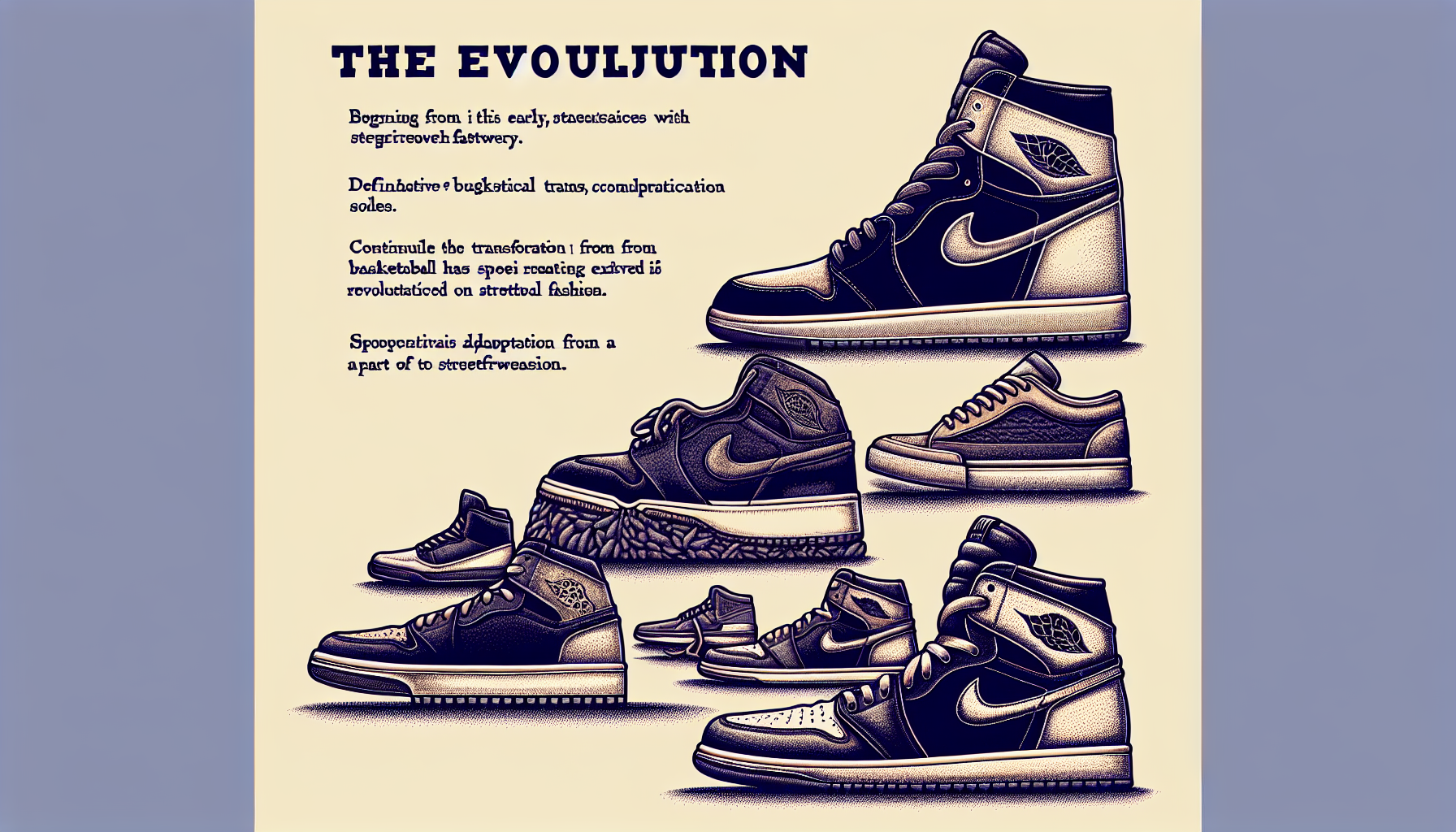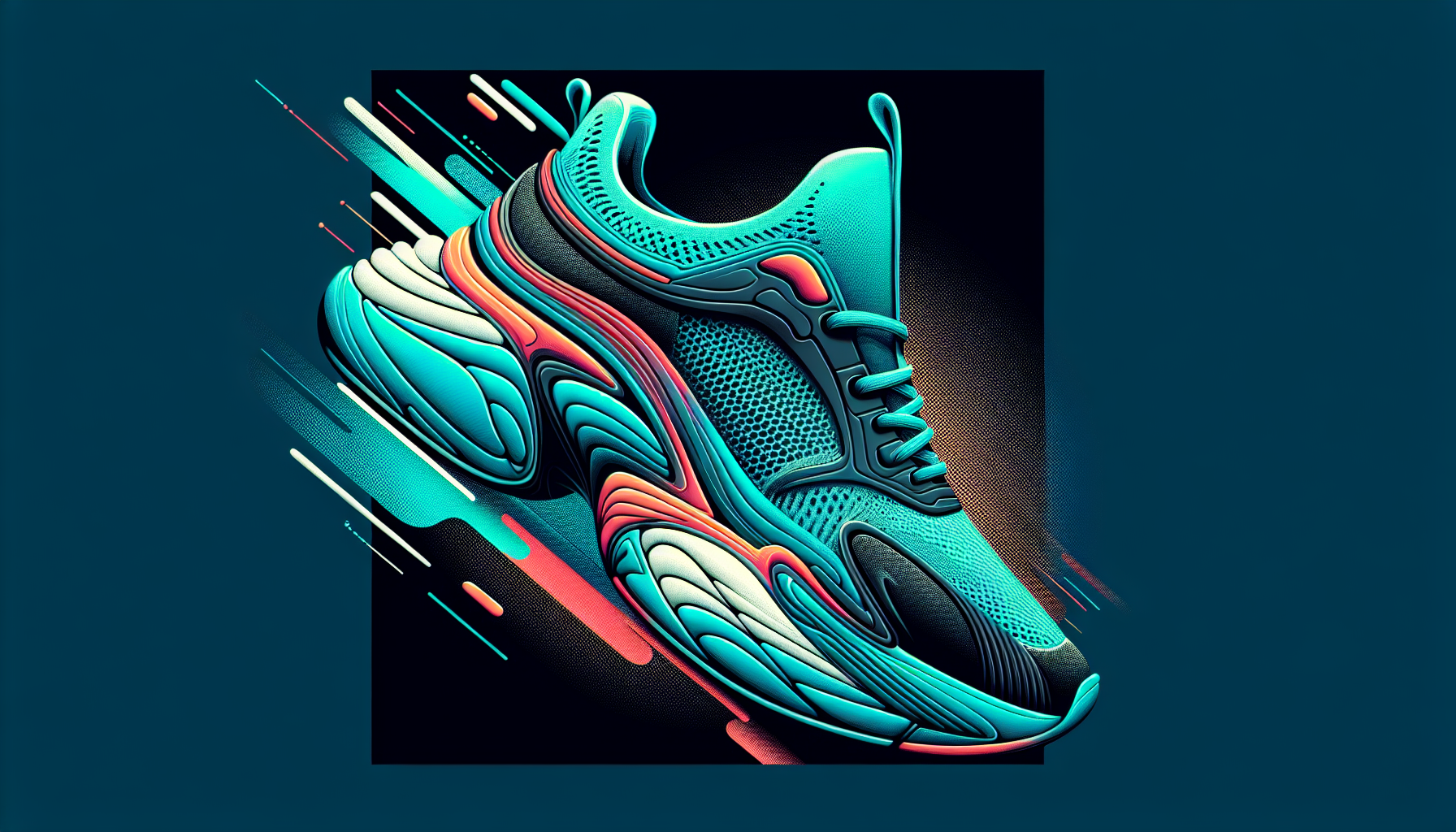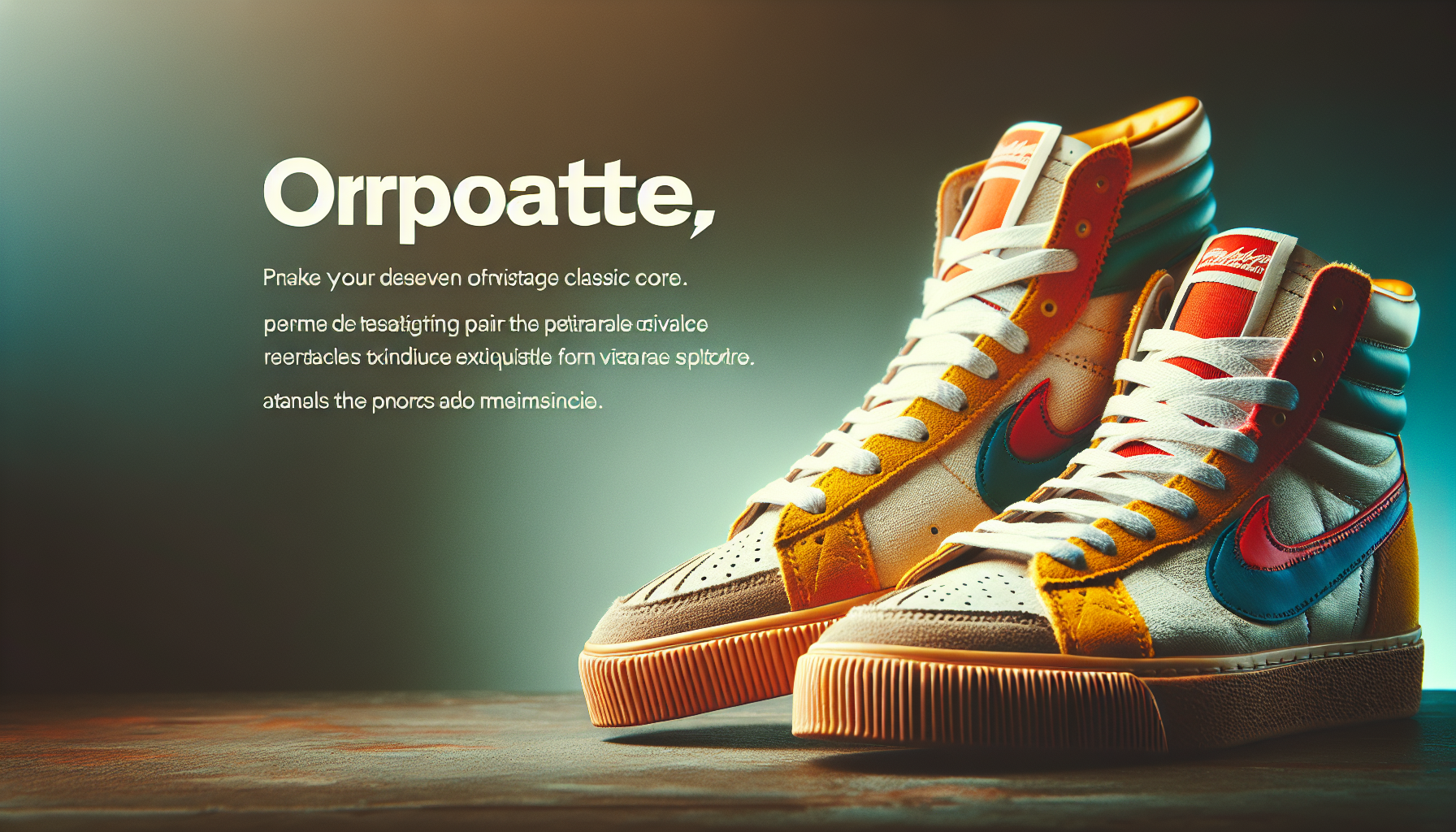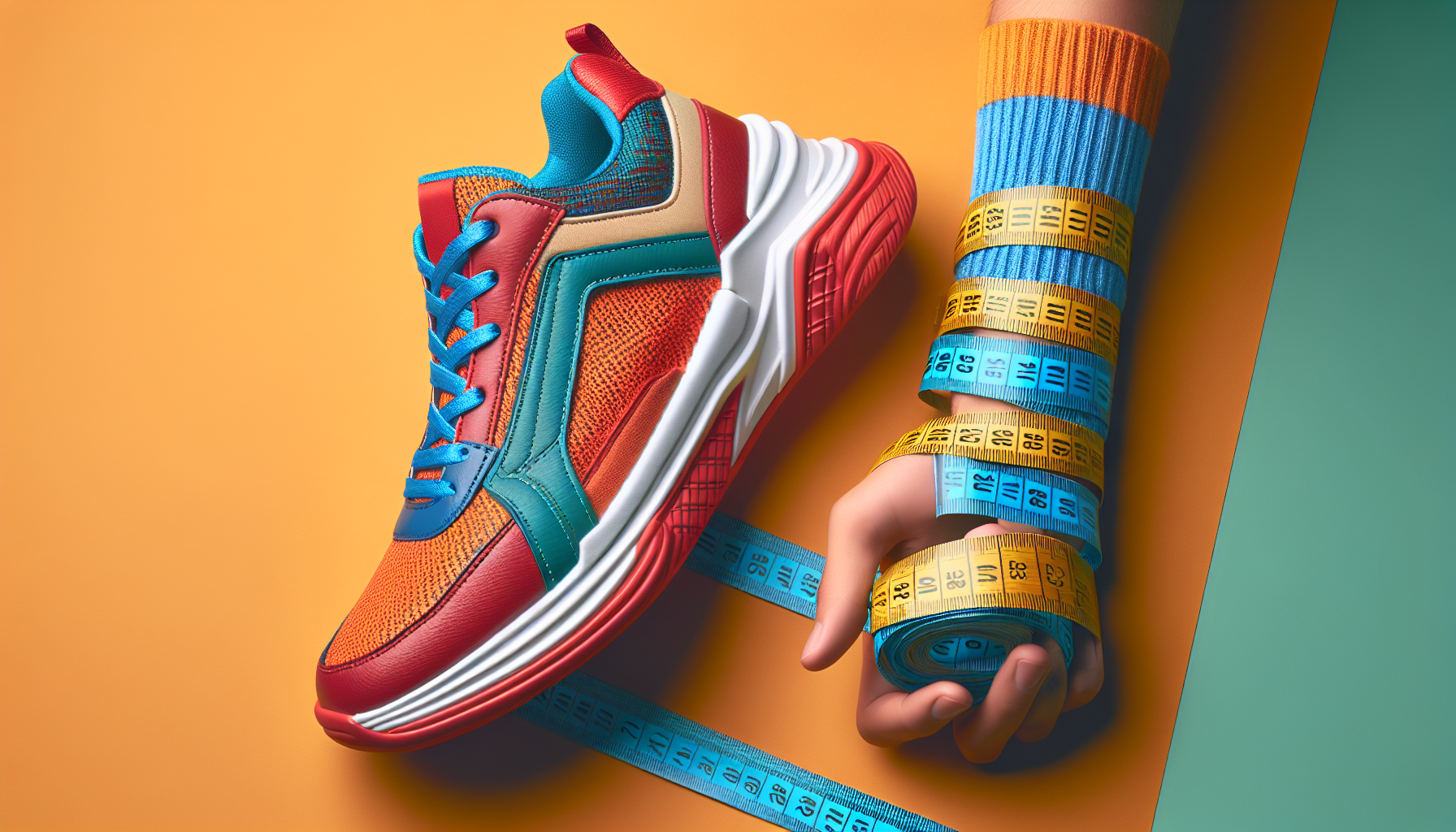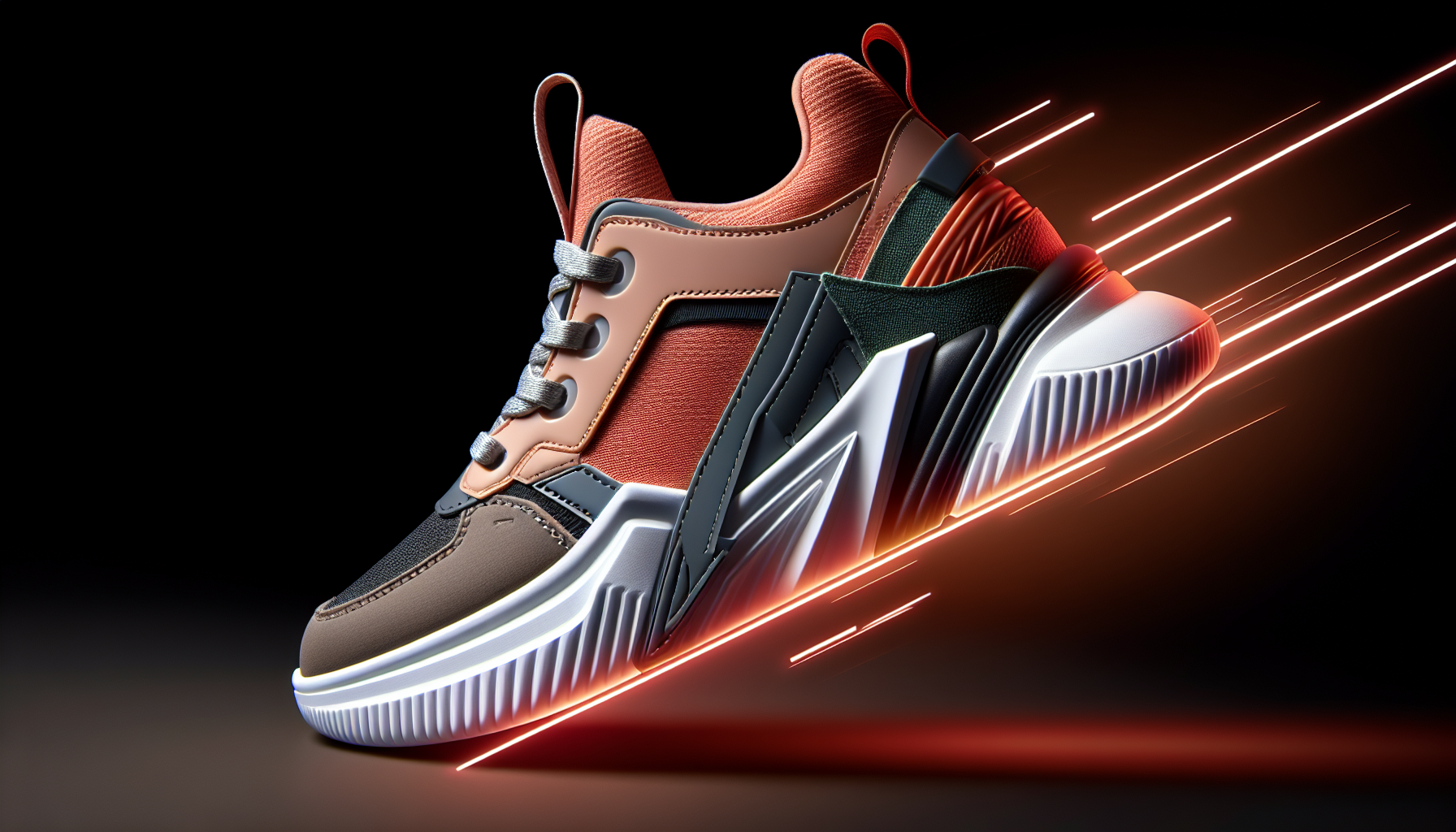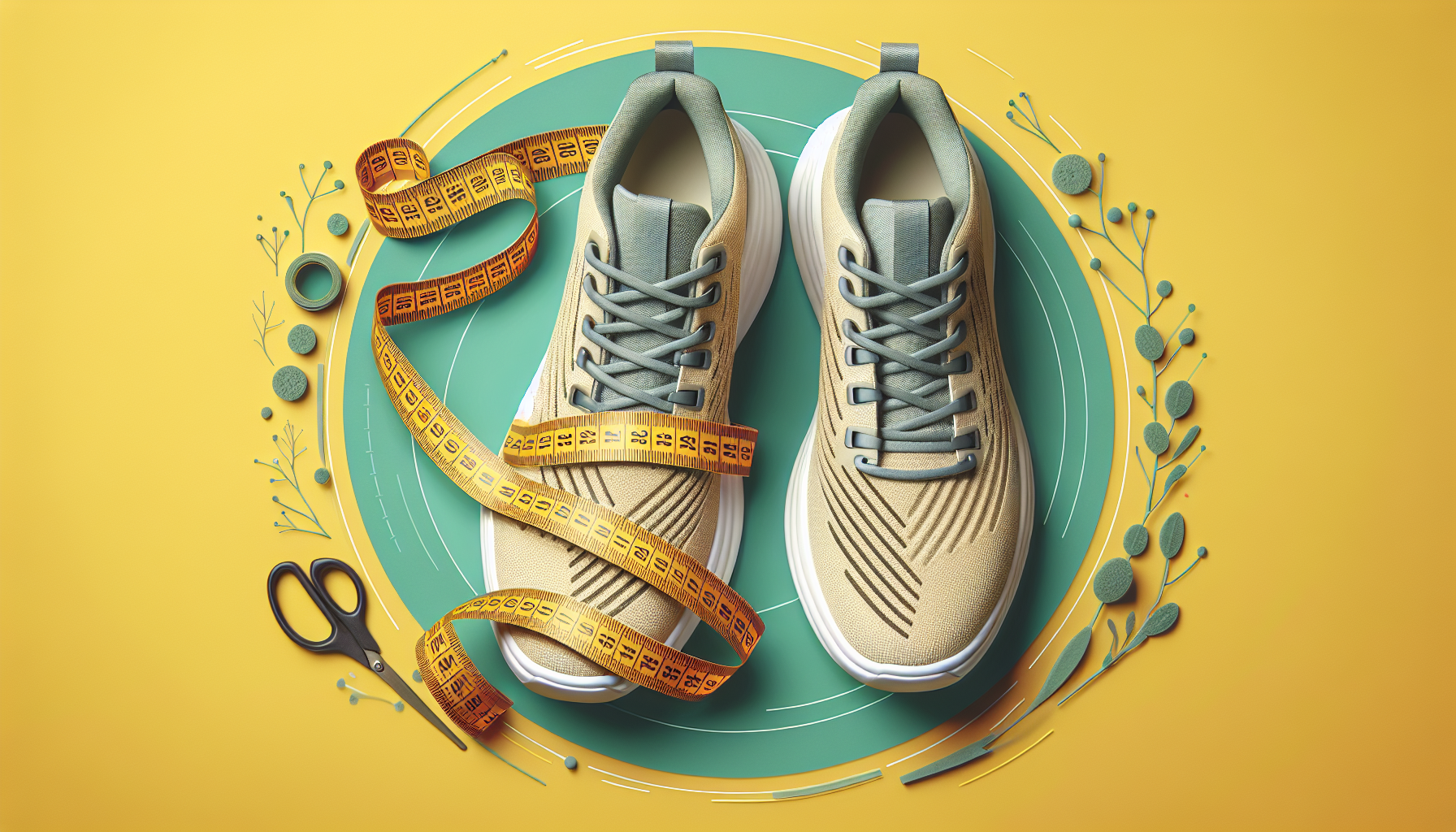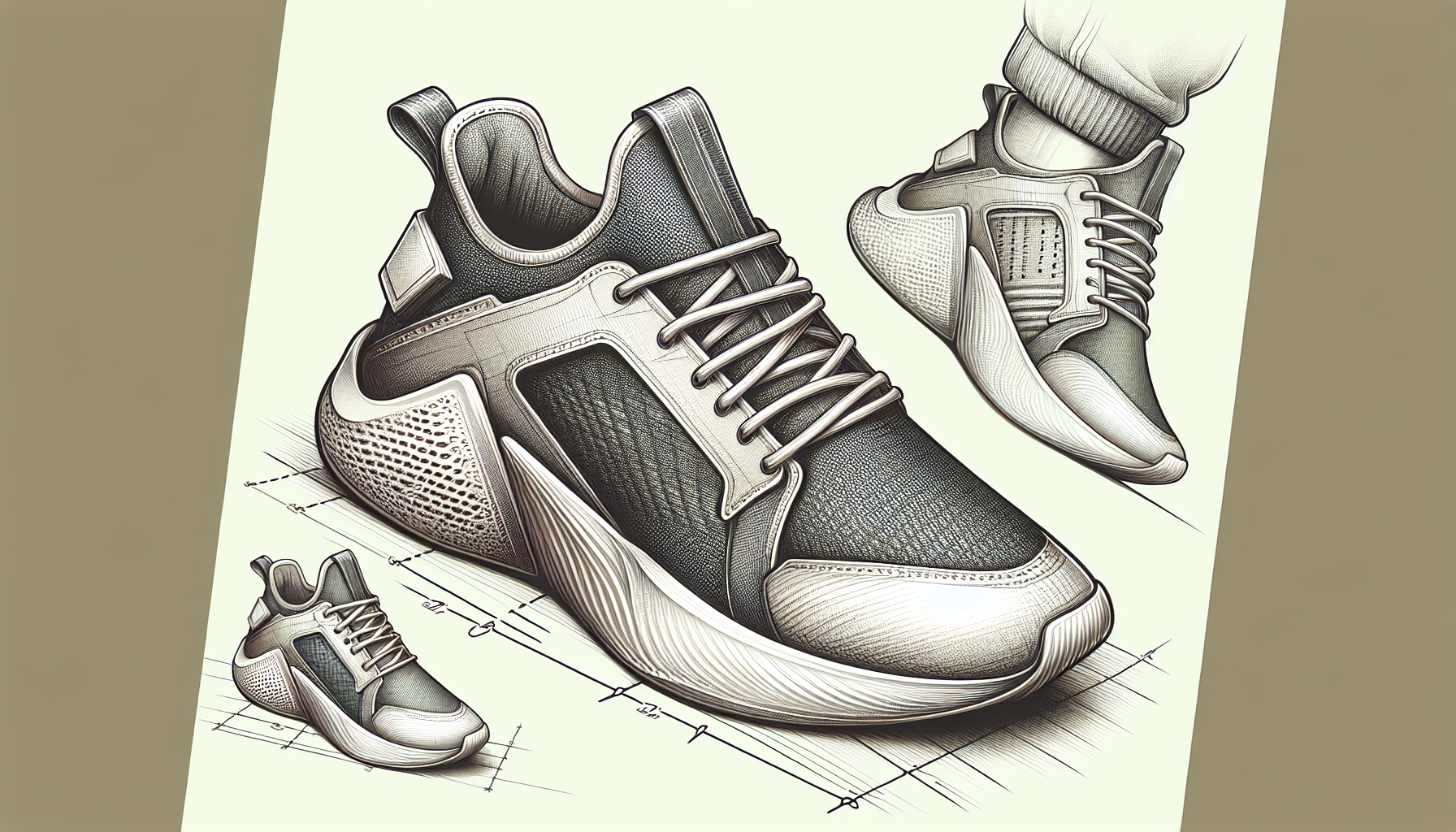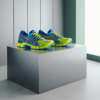In this article, you will explore the fascinating journey of sneaker trends, from their origins in sports to their current dominance in the realm of streetwear fashion. Discover how these humble athletic shoes have evolved alongside societal shifts and cultural influences. From their functional beginnings as performance footwear to their status as highly sought-after fashion statements, sneakers have transcended their athletic roots to become a staple in street style and a reflection of individuality. Take a step back in time and witness the transformation of sneaker culture, as it continues to shape and redefine the fashion landscape.
Early Beginnings of Sneakers
In the early beginnings of sneakers, one key development was the invention of rubber soles. Before rubber soles, shoes were made of materials like leather, which didn’t offer much flexibility or cushioning. The introduction of rubber soles revolutionized footwear by providing a more comfortable and lightweight option for active individuals.
The first notable use of sneakers in sports came with the emergence of athletic footwear designed specifically for running and other physical activities. These early sneakers were popular among athletes who sought footwear that could enhance their performance and provide more support and grip than traditional shoes. As sports became increasingly popular, so did the demand for sneakers.
Sneakers also gained popularity among casual wearers during this time. People began to appreciate the comfort and versatility that sneakers offered, making them a staple in everyday fashion. The rise of sneakers as casual footwear can be attributed to their practicality and ability to complement various styles of clothing.
The Influence of Basketball on Sneaker Trends
Basketball played a significant role in shaping sneaker trends, particularly with the introduction of high tops. High tops were first introduced to basketball footwear to provide additional ankle support and stability during intense gameplay. This innovation quickly gained popularity among basketball players and eventually made its way into mainstream sneaker culture.
High-profile basketball players began to have a major influence on sneaker trends. Athletes like Michael Jordan, Magic Johnson, and Larry Bird not only dominated the basketball court but also captivated fans with their unique styles. Their endorsement deals with sneaker brands resulted in the creation of signature basketball shoes, which further cemented the connection between basketball and sneaker culture.
The creation of signature basketball shoes became a game-changer in the sneaker industry. Fans eagerly awaited the release of these shoes, and they quickly became sought-after collectibles. The success of signature basketball shoes opened doors for other sports and athletes to have their own sneaker lines, further expanding the influence of sports on sneaker trends.
The Emergence of Sneaker Brands
The rise of sneaker brands like Nike and Adidas had a profound impact on the evolution of sneaker trends. These brands leveraged innovative marketing strategies and celebrity endorsements to make their products more desirable. Nike, in particular, became synonymous with sneakers, thanks to its iconic swoosh logo and groundbreaking advertising campaigns.
The competition among sneaker brands played a significant role in shaping sneaker aesthetics and technology. As brands constantly tried to outdo each other, they pushed the boundaries of design and introduced new features to enhance performance. This competitive environment fueled the evolution of sneaker trends, making sneakers not just functional but also fashionable.
Sneaker brands also started collaborating with athletes, musicians, and fashion designers to create unique and limited-edition collections. These collaborations brought together different industries and fan bases, resulting in highly sought-after releases. Collaborations also allowed sneaker brands to tap into the influence and creativity of these individuals, further propelling sneaker culture forward.
Hip-Hop and Sneaker Culture
Hip-hop music and culture played a pivotal role in shaping sneaker trends. Hip-hop artists have long been trendsetters, influencing fashion choices and setting new standards for style. Sneakers became an important part of this culture, with artists often wearing and endorsing specific brands and models.
Hip-hop music videos became influential platforms for showcasing sneakers. Artists such as Run-DMC famously embraced Adidas sneakers and went as far as dedicating an entire song to them. The music videos featured artists wearing their favorite sneakers, and fans quickly caught on, mimicking their idols’ style choices.
Collaborations between hip-hop artists and sneaker brands became increasingly common. These collaborations allowed artists to bring their unique aesthetics and personal stories to sneaker designs. Limited-edition releases resulting from these collaborations became highly sought-after by sneaker enthusiasts, further blurring the lines between music, fashion, and sneaker culture.
Skateboarding and Its Impact on Sneakers
Skateboarding emerged as a subculture with its own unique style and set of needs. Skate shoes were specifically designed to withstand the demands of skateboarding, featuring durable materials and specialized features such as grippy soles and reinforced toe caps. The unique design and functionality of skate shoes set them apart from traditional sneakers.
Despite being initially designed for skateboarding, skate shoes quickly gained popularity among non-skaters. The edgy and rebellious nature of skate culture resonated with many individuals, making skate shoes a statement of style and counterculture. Skate shoes became an integral part of streetwear fashion, representing an urban and alternative aesthetic.
The integration of skate shoes into streetwear was a significant turning point in sneaker trends. The popularity of streetwear fashion, characterized by its casual and comfortable nature, led to an increased demand for sneakers as everyday footwear. Sneaker brands recognized this shift and began embracing the streetwear culture, creating collections and collaborations that catered to this emerging market.
Sneakers in the Fashion Industry
Sneakers have made a significant impact on the fashion industry, transcending their athletic origins and making their way onto high-fashion runways. Fashion designers recognized the appeal and versatility of sneakers, incorporating them into their collections to create unexpected and modern looks.
Collaborations between fashion designers and sneaker brands became increasingly common. High-end fashion houses and luxury brands began partnering with sneaker brands to create unique and limited-edition sneakers. These collaborations merged the worlds of high fashion and sneaker culture, blurring the lines between luxury and streetwear.
Luxury sneakers have emerged as a distinct category within the sneaker market. These sneakers feature premium materials, meticulous craftsmanship, and high price tags. Luxury sneakers cater to those who want to make a fashion statement while still enjoying the comfort and casual nature of sneakers.
Collecting and Reselling Sneakers
The rise of sneaker collecting has taken the sneaker culture to new heights. Sneaker enthusiasts, also known as sneakerheads, actively seek out rare and limited-edition releases, often building large collections of sneakers. Sneaker collecting has become a passion for many, with some even treating it as an investment opportunity.
Limited editions and collaborations have played a significant role in fueling the sneaker collecting craze. Sneaker brands deliberately create scarcity and exclusivity by releasing limited quantities of certain designs. This scarcity drives up demand and creates a secondary market for reselling sneakers at higher prices.
The sneaker resale market has become a thriving industry of its own. Some limited-edition releases can fetch exorbitant prices on the resale market, with collectors and investors willing to pay a premium for rare sneakers. Sneaker reselling platforms and marketplaces have sprung up, catering to this demand and providing a platform for buying, selling, and trading sneakers.
The Role of Technology in Sneaker Trends
Technology has played a significant role in shaping sneaker trends, particularly in the realm of sneaker design. Sneaker brands have invested heavily in research and development to create innovative materials and technologies that enhance performance and comfort.
From cushioning systems to lightweight materials, sneaker technology continues to evolve. Brands continually introduce new features and advancements that cater to specific sports and activities. These technological advancements not only improve athletic performance but also contribute to the overall aesthetic and desirability of the sneakers.
Digital platforms have also had a significant impact on sneaker trends. Online marketplaces and apps have revolutionized the way sneakers are bought and sold, allowing enthusiasts to access a wider range of sneakers and connect with sellers from around the world. Social media platforms have become instrumental in promoting sneaker trends, with influencers and sneaker communities sharing their latest finds and creating buzz around releases.
Sustainability and Ethical Concerns in the Sneaker Industry
As the sneaker industry has grown, so have concerns about its environmental impact and labor practices. The production of sneakers often involves the use of non-sustainable materials and energy-intensive processes, contributing to carbon emissions and waste. Additionally, the labor practices in some manufacturing facilities have raised ethical concerns regarding fair wages and working conditions.
Efforts towards more sustainable sneakers are being made by sneaker brands. Many brands are investing in eco-friendly materials, such as recycled plastics and organic cotton, to reduce their environmental footprint. Some brands are also exploring innovative manufacturing processes that aim to minimize waste and energy consumption.
Ethical concerns regarding labor practices have prompted some brands to prioritize fair trade and transparency throughout their supply chains. They are partnering with manufacturing facilities that adhere to ethical standards and provide fair working conditions. Consumers are increasingly demanding transparency and accountability from sneaker brands, pushing the industry towards more responsible practices.
The Future of Sneaker Trends
Predicting the future of sneaker trends is always challenging, but several key factors are likely to shape the industry in the coming years. In terms of design and technology, we can expect to see further integration of smart features and performance-enhancing innovations. Sneakers may incorporate wearable technology and become more connected to the digital world.
The role of streetwear in sneaker trends is expected to remain significant. Streetwear has become an influential force in fashion, and its impact on sneaker culture will likely continue to shape trends. The fusion of streetwear and luxury fashion is anticipated to create unique collaborations and collections that cater to diverse consumer preferences.
Emerging markets, particularly in Asia, are poised to have a significant influence on sneaker culture. As the global sneaker market continues to expand, the tastes and preferences of consumers in these markets will shape the designs and marketing strategies of sneaker brands. The rise of streetwear and sneaker culture in these regions presents new opportunities and challenges for the industry.
In conclusion, the evolution of sneaker trends has been a fascinating journey, with various industries and subcultures leaving their mark. From the early beginnings of rubber soles to the integration of sneakers into high fashion, sneakers have become a symbol of style, comfort, and self-expression. As technology, sustainability, and emerging markets continue to shape the industry, the future of sneaker trends promises to be dynamic and ever-evolving.

